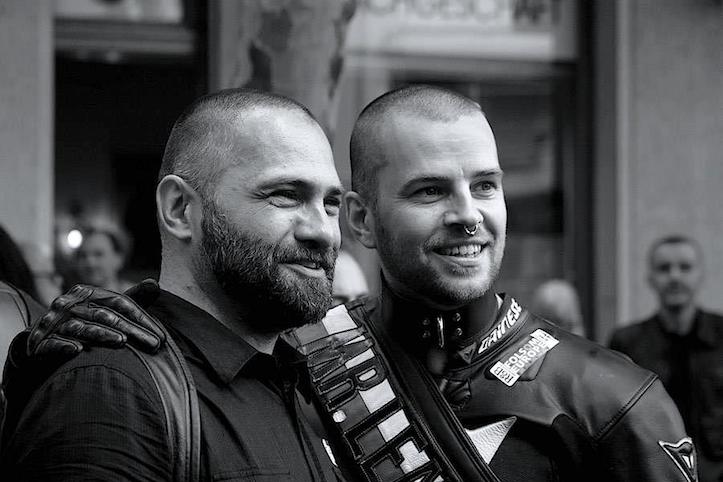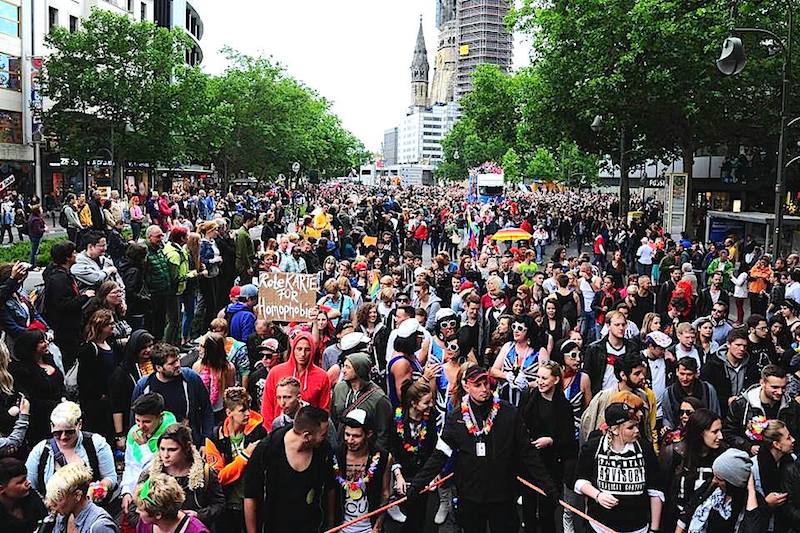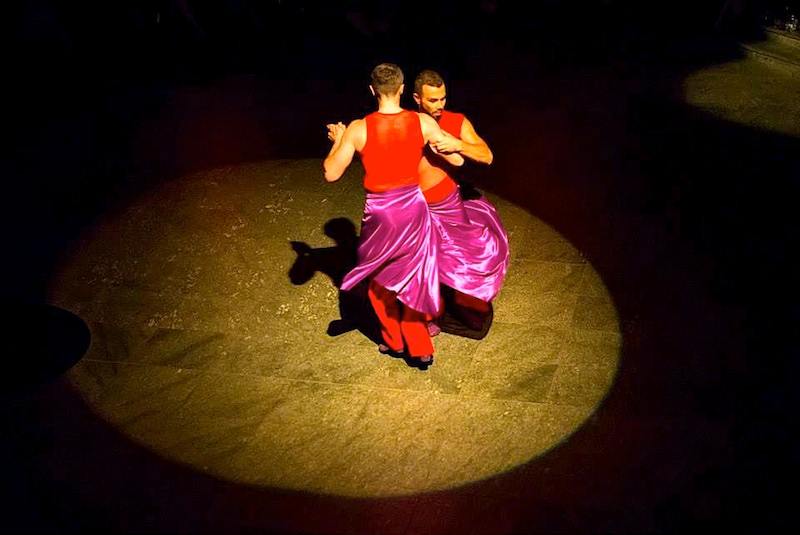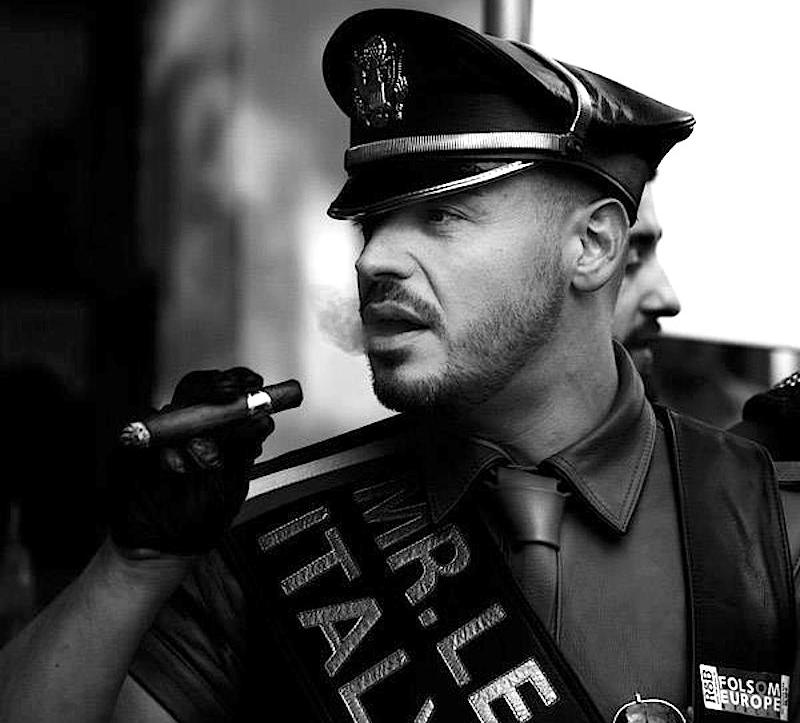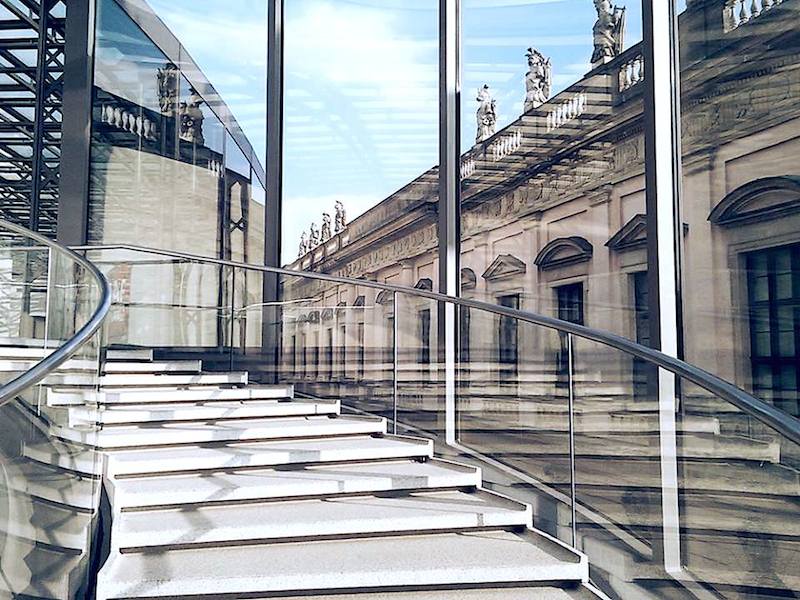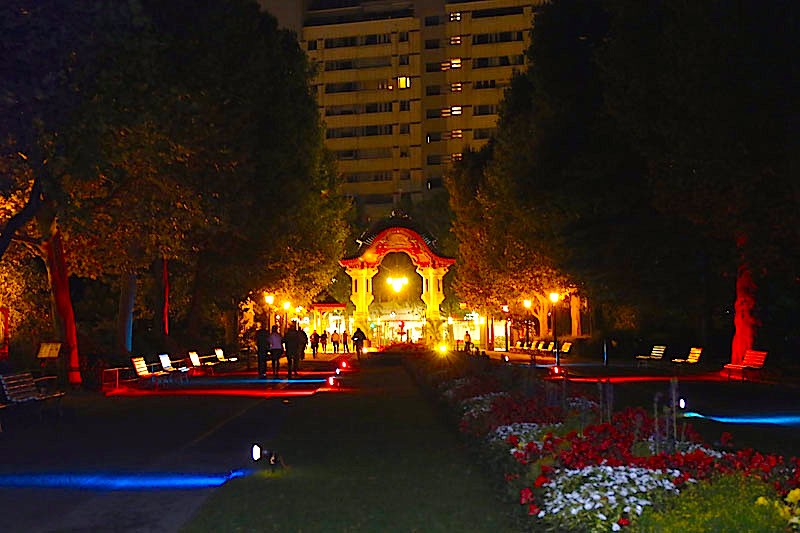Ever since Magnus Hirschfeld founded the world’s first homosexual organization in 1897, Berlin has exerted a magnetic, magical pull for LGBTQ people from around the world. As Christopher Isherwood revealed in numerous novels and memoirs, Berlin in the Twenties was a polymorphous haven of LGBTQ diversity—and 21st-century Berlin is considered by many to be Europe’s gayest capital.
As multicultural as it is inclusive and non-judgmental, Berlin is one of Europe’s most welcoming cities. Currently, nearly half a million residents of Berlin hold foreign passports, making the city one of the most multi-cultural cities in Europe, with neighborhoods as diverse as the LGBTQ community. Berlin’s first gay bar opened in 1977 in Schöneberg, which has remained one of Berlin’s most gay neighborhoods, with residents that have included Isherwood, Marlene Dietrich, Hildegard, and David Bowie, who lived with Iggy Pop in a 7-room apartment where he wrote “Heroes” and “China Girl.”
Each summer, Schöneberg celebrates Christopher Street Day, while in September the streets of Schöneberg fill with members of the international leather and fetish community for Folsom Europe. No matter what flavor of the rainbow you prefer, Berlin’s got you covered.
Lesbian and Gay Street Festival: Berlin’s Rainbow Fund will welcome more than 50,000 visitors to the 23rd annual Lesbian and Gay Street Festival, which is the largest event of its kind in Europe. The neighborhood around Nollendorf Platz in Schöneberg, one of Berlin’s most historic LGBT districts, will host the two-day event, which features live performances, music, gourmet food, and parties—lots of parties.
Christopher Street Day: One of the biggest Pride celebrations in the world, Berlin‘s Christopher Street Day will be celebrating its 37th anniversary in 2015. More than half a million people party in the streets between Kurfürstendamm and the Brandenburg Gate in a celebration of LGBTQ equality with a parade that features more than 50 floats and massive amounts of glitter, glamour, and glitz.
Gay Night at the Zoo: At nearly 90 acres, the Zoo Berlin is the most visited zoo in Europe and the most species-rich zoo in the world. Located in Berlin’s Tiergarten in the heart of the city, the zoo hosts an annual Gay Night at the Zoo each summer. For more than ten years, the popular open-air swing party has been a highlight of Berlin’s summer party calendar—because what self-respecting gay doesn’t dream of dancing with lions, tigers, and bears?
International QueerTango Festival: As the second largest tango metropolis in the world after Buenos Aires, Berlin attracts tango enthusiasts from around the world. For the past three years, more than 200 participants have reveled in the joys of Berlin’s International Queer Tango Festival. During the four-day International Queer Tango Festival, tango teachers of international renown instruct participants in an open and relaxed atmosphere that works to promote the integration of LGBTQ tango aficionados onto the world stage.
Folsom Europe Berlin: Each year, the second weekend of September marks the return of Folsom Europe Berlin, Germany’s version of San Francisco’s notorious street fair. The all-weekend leather and fetish bacchanal includes a street fair and the annual Saturday night “Pig” party where anything goes.
Berlin’s Gay Museum: One of the most anticipated events of the summer season in Berlin is the reopening of Berlin’s historic Schwules Museum (Gay Museum). Since its founding in 1985, Schwules Museum has become one of the world’s most important institutions for the history and culture of LGBTQ communities.
The museum’s new location in a converted former printing house features four exhibition spaces, as well as a café. Archival holdings will now be housed in a climate-controlled storage area. Exhibition highlights in 2015 include “Homosexuality-ies,” the double exhibition in cooperation with the German National History Museum.
History of homosexuality at National History Museum: From June 26 until December 1, 2015, the German National History Museum in cooperation with Berlin’s Gay Museum (Schwules Museum) will present “Homosexuality_ies,” a special interdisciplinary exhibition in both museums that focuses on gay history, politics, culture, and art.
The exhibition’s mission will be to showcase the contributions that the homosexual emancipation movement has made toward the development of a democratic civil society based on equality.
More than 150 years of homosexual history in Germany will be documented with items on international loan from private and public collections. The exhibition will include works from artists such as Louise Bourgeois, Sturtevant, Andy Warhol, and numerous others.
Pink Pillow Berlin Collection: Since its inception in 2013, the city’s Pink Pillow Berlin Collection has grown from 23 members to 65 participating hotels and guest houses. The world’s first hotel network for LGBTQ guests, Pink Pillow Berlin Collection was designed by visitBerlin and various Berlin hotel partners to further strengthen Berlin’s standing as a leading travel destination for LGTBQ visitors.
Pink Pillow Berlin Collection members welcome LGBTQ travelers by providing guests with information on LGBTQ life in Berlin and insuring that all LGBTQ guests feel safe and welcome. Each member of the Pink Pillow Berlin Collection adheres to defined guidelines that include staff workshops, as well as an active engagement in social LGBTQ projects, thereby upholdingBerlin’s image as an open and welcoming metropolis.
For all the latest information on Berlin’s expansive calendar of LGBTQ events, tap into visitBerlin.

